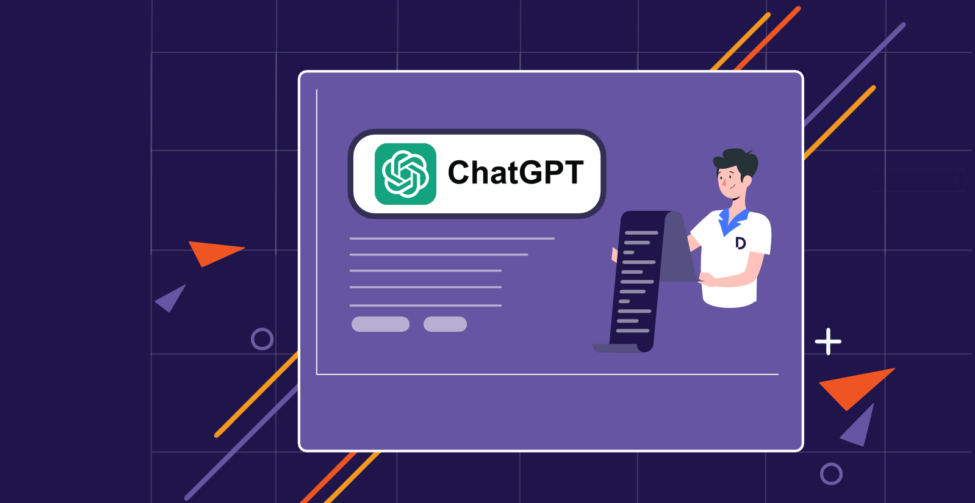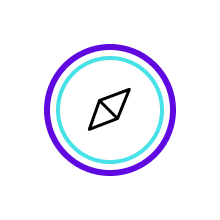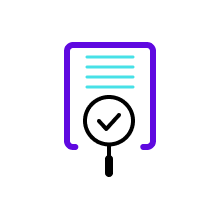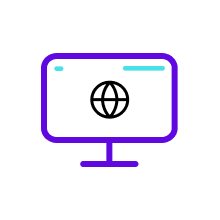ChatGPT
Official Website https://chat.openai.com/
ChatGPT, developed by OpenAI, is based on the GPT-4 architecture and excels in understanding and generating natural language text. It can perform tasks like answering questions, writing content, and more. Known for its interactivity, ChatGPT engages in meaningful dialogues and responds to complex instructions. Continuously improved by OpenAI, it finds applications in education, customer service, and content creation.
In which phase of work flow it is involved:
¶ Feature Highlights
¶ Conducting Market Research
.png)
Businesses can use ChatGPT to conduct market research by asking specific questions. These questions can be about futuristic trends, product design, consumer behaviour, competitors and any such topics relevant to businesses. This can help businesses stay ahead of the trends and maintain a thriving customer base.
Relevant Use Cases:
Trend Analysis: Streamlined Data Collection Process
Competitor Research/Analysis: Collect and analyze competitor information
Constraints:
ChatGPT's data might be potentially biased and prejudiced as the data source is mainly from web scraping knowledge databases.
¶ Producing High Quality Content
.png)
ChatGPT is capable of producing relevant, accurate, comprehensive and grammatically accurate content on diverse topics. This can come in handy to persons for whom English is a second language. It can help them better understand grammar, and sentence construction and help them become more confident about conversing in English.
Relevant Use Cases:
Interview Guides: Interview Guide Design
Interviewee Recruitment: Drafting & Optimizing the recruitment criteria and process
Scrum Activities: Writing Test Cases
Constraints:
The model will generate text that reflects that bias if the data used to train the model is incomplete or biased.
¶ Gaining Accurate Data
.png)
ChatGPT is a highly accurate program that collects important information from various sources. Since it is an AI-based program that also inculcates machine learning, it constantly learns from interactions with humans and other sources to improve its functionality.
Constraints:
ChatGPT might not be able to gain enough background information or understand the context before it gives accurate outputs; while it gains context and data input, data and privacy risks would arise in the meantime.
¶ Advisory on Business Ideation

As an AI assistant trained on massive amounts of data, ChatGPT can provide unique connections and possibilities when prompted effectively. It can act as an idea-sparring partner, providing wide-ranging options to explore and refine.
Relevant Use Cases:
How Might We’s: HMW Statement Generation
Vision & Goal Setting / Go-To-Market Strategy: Ideation on Business Strategy
Constraints:
It is hard to let ChatGPT fully replace human expertise or discernment. It’s crucial to employ ChatGPT to augment your existing knowledge and experience rather than being wholly dependent on it.
¶ In-context Image Generation

In-context image generation with DALL·E transforms text prompts into custom visuals. ChatGPT can create, adjust, and refine images to suit diverse requests, offering creative and precise visualizations for various needs.
Constraints:
ChatGPT can only be used to generate images and cannot be improved on the basis of the original image. It is also difficult to generate new images while keeping the image style unchanged. Unable to distinguish layers.
¶ More Features with Potential
¶ Employee Training
Businesses can leverage ChatGPT to elevate employee training programs, providing customized and engaging learning experiences tailored to individual needs. By integrating ChatGPT into training platforms, companies can generate contextually relevant instructional content based on employees’ roles, skill levels, and learning goals.
¶ Sentiment Analysis
As generative AI models like ChatGPT progress, companies are able to automate natural language processing tasks and carry out sentiment analysis without the need for manual text data analysis.
¶ Answering FAQs
ChatGPT can be trained on a company’s FAQ page or knowledge base to identify and respond to frequent customer inquiries. When a customer submits a question, ChatGPT can examine the message and offer a response that addresses the customer’s inquiry or guide them to additional resources that may be useful.
¶ Quick Responses to Customer Inquiries & Complaints
ChatGPT can be trained to detect and reply to typical customer complaints, such as problems with product quality, shipping delays, or billing errors. When a customer submits a complaint, ChatGPT can evaluate the message, offer a response that acknowledges the customer’s concerns and presents possible solutions to address the issue.
¶ Read More
How to Generate New Business Ideas Using ChatGPT
¶ Implicatication to Henkel Team
¶ How You Should React
Implementing ChatGPT in various aspects of your business can significantly streamline processes and improve efficiency. Here are some compelling use cases drawn from the techniques in my book that demonstrate how ChatGPT can transform your company's operations.
Potential Next Steps:
- Business Strategy and Planning: From brainstorming ideas to troubleshooting business challenges and creating comprehensive business plans, ChatGPT can provide valuable insights and guidance to keep your company on the cutting edge.
- Learning and Education: ChatGPT can serve as a personal tutor, create custom tutorials, and summarise books for easy consumption, making it an invaluable tool for employee development or self-improvement.
- Preparation on System Integration: Integrating GPT into your business apps, online portals, or internal systems can revolutionise your operations and boost efficiency.
¶ Impact & Benefit
- Scaling the business: ChatGPT can help businesses evaluate potential suppliers by analyzing various parameters such as cost, quality, reliability, and lead time. It can also monitor supplier performance and provide recommendations for improvement or potential replacements
- Operational Efficiency: Achieved cost savings and operational efficiency through streamlined communication processes, elevating overall productivity.
- Customer Satisfaction and Business Growth: Fostered ongoing customer satisfaction and continuous business growth while strengthening the competitive advantage through innovation.
¶ Constraints about ChatGPT
¶ Data Privacy
ChatGPT may hold onto some personal information during interactions with the common public. If this data is not properly secured or protected, it could be vulnerable to hacking or data breaches, thereby compromising the privacy of many users.
¶ Misinformation & Bias
ChatGPT generates responses based on the input it receives, but if that input is incorrect or contains false information, ChatGPT could generate misinformation. The feedback could be only as good as the data they are trained on. If the training data is biased or altered in any way, it can lead to ChatGPT producing biased or unfair responses.
¶ Malicious Usage
ChatGPT could be used for malicious purposes, such as generating fake news, phishing emails, or impersonating individuals to undertake fraudulent and illegal activities.




